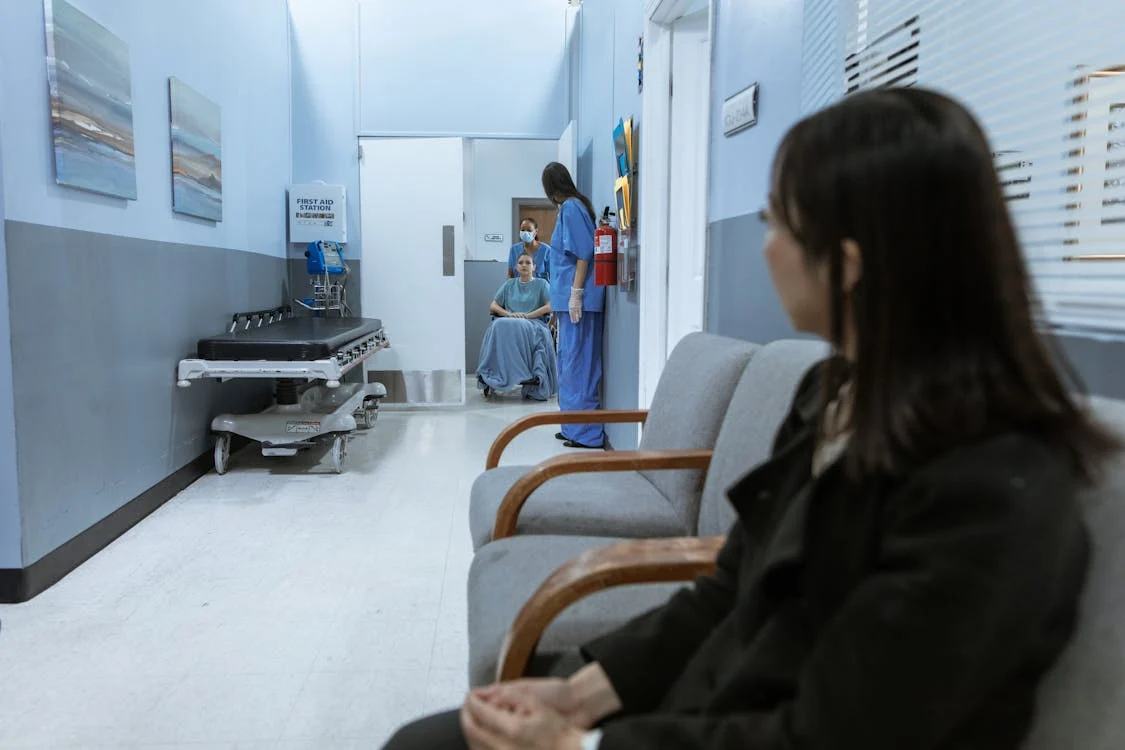Wait times are increasing; what can be done to help? Private health insurance can not help. If you are interested in undergoing surgery, you should be prepared to wait for the treatment to take place for more than a year. On the other hand, there is a straightforward method by which you can circumvent the delay.
Long patient backlogs continue to tighten stress on hospitals, which has resulted in an increase in the number of people already on waiting lists for elective surgery across Australia.
The Australian Institute of Health and Wellness reports that between the years 2020 and 2021, around 754,600 persons were admitted for surgery from waiting lists for elective surgery at public hospitals to undergo surgical procedures.
However, throughout the period of 2020-2021, the percentage of patients who waited for the procedure for more than 365 days climbed from 2.8% to 7.6%. This represents a significant increase.
After having conversations with medical professionals and nurses who are employed in public hospitals, the Chief Executive Officer of the Australian Patients Association, Stephen Mason, stated that there is “no doubt in most states there is a pressure on the health system.”
“Since the beginning of the pandemic, there has been a significant amount of time spent waiting for elective surgery, and wait times have approximately doubled in comparison to the times before the pandemic,” he stated.
The removal of tonsils, which took 123 days, treatment for varicose veins, which took 94 days, and total knee replacement, which left patients waiting 85 days for treatment, were the three procedures that represented the biggest increases in median waiting times.
According to Mr. Mason, private hospitals are experiencing the same problems as public hospitals during the epidemic. These institutions experienced delays as a result of restrictions placed on elective surgery.
Why are wait lists for elective surgery increasing?
According to the American Institute of Health and Welfare (AIHW), the cause for the increase in wait times for the majority of treatments was due to the restrictions that COVID-19 imposed on elective surgery beginning in 2019-2020.
According to Mr. Mason, hospitals continued to perform category one surgery, but the majority of scheduled category two and three procedures were cancelled.
“The hospitals are already operating at a reduced capacity, and the capacity that was available was allocated to patients with Covid,” he stated.
After the surgery was resumed, it only ran at fifty percent for a short period of time before growing to seventy-five percent, which resulted in a significant backlog that we have not yet been able to eliminate.
How long are people waiting?
In spite of the fact that wait times for elective surgeries are getting longer, Mr. Mason informed me that the category three surgeries, which are not considered to be life-threatening, have the longest waiting times.
On the other hand, patients can often anticipate a quick wait period if the surgery is considered to be life-threatening. He stated that anything that pertains to the heart, cancer, or stroke is typically required to be completed within a period of thirty days. When it comes to such kind of surgical procedures, if you wait too long, it may become an urgent matter.
When you reach category three, the symptoms are not considered to be life-threatening; however, they do have an effect on the quality of your life.
Depending on the severity of the condition, elective surgery can be broken down into three distinct categories, each of which has a unique projected duration of operation.
The first category of elective surgery:
This is an urgent matter that has the potential to worsen to the point that the problem becomes an emergency and should be resolved within the next thirty days.
The second category of elective surgery:
The patient is experiencing dysfunction or handicap, but it is not likely to become an emergency situation. This is a semi-urgent situation. There is a recommendation that the procedure should be performed within the next ninety days.
The third category of elective surgery:
Not a threat to your life, but it is having an effect on your quality of life. Within one year is the time frame that is recommended for your performance.
Can taking out private health insurance help reduce wait times?
In order to “avoid catastrophic delays in essential non-emergency surgery,” the Chief Executive Officer of Private Health Insurance Australia, Dr. Rachel David, stated that a record number of 14,116 million people in Australia have purchased private health insurance policy during the epidemic.
According to her, “the key to addressing the current hospital crisis and ensuring that Australians can access the healthcare they require is to improve the affordability of private health insurance and allow more people to have access to it.”
It was said by Ms. David that private health insurance is the “most effective way to clear the backlog of surgery and take pressure off the public hospital system.”
“During the pandemic, public hospitals all over the country are dealing with an increase in the number of patients as well as an increase in the amount of time patients have to wait for surgery,” she said.
“For this reason, Private Healthcare Australia is requesting that a new government reinstate the Personal Health Information (PHI) rebate to thirty percent for families coming from low and middle income brackets.”
In spite of the fact that the rebate is now less than 25 percent, a significant number of Australians have been severely impacted by inflationary pressures and need the PHI refund in order to maintain the affordability of their health insurance.
“Without the rebate, Australians who have health insurance would be subject to higher health bills each year,” she said. “This would result in a significant number of families choosing not to have private hospital coverage and instead relying on the public hospital system, which is already experiencing a significant amount of strain.”
“Any future government must ensure that the private health system continues to be sustainable and affordable in order to provide services and access of world-class quality, which 14 million people in Australia rely on,”
In conclusion, patient wait times for elective surgeries in Australia have surged, driven largely by the impact of the COVID-19 pandemic on healthcare systems. Despite efforts to resume surgeries, backlogs persist, with significant delays particularly affecting non-life-threatening procedures.
Private health insurance, while beneficial for many, cannot single-handedly alleviate this burden. However, improving its affordability and accessibility could help alleviate strain on the public system and expedite care for patients. Advocating for policy changes to support private health insurance may be a step towards addressing the current healthcare crisis and ensuring timely access to essential medical services for all Australians.














